





 |
 |
 |
 |
 |
 |
| Nelson Khor | profile | all galleries >> Galleries >> Nesting Record of Red Wattled Lapwing | tree view | thumbnails | slideshow |




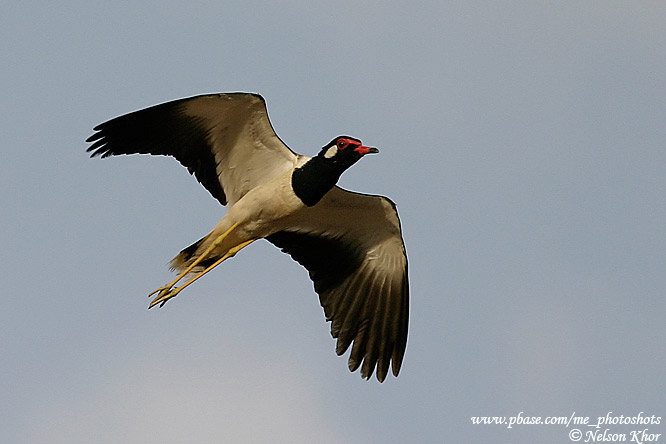




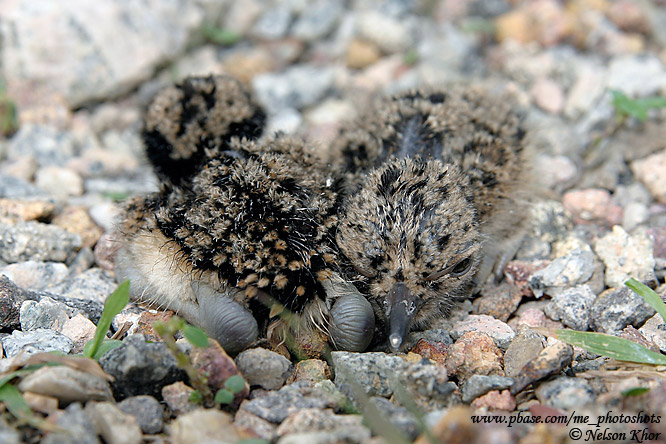

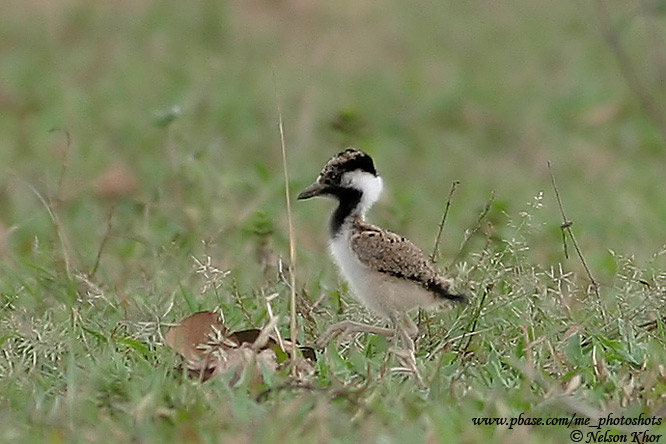
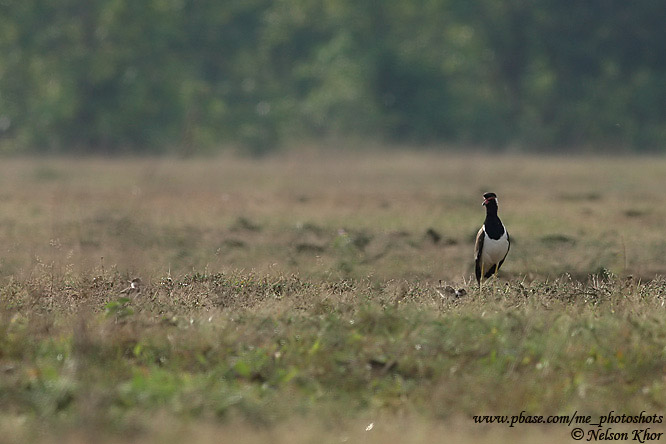

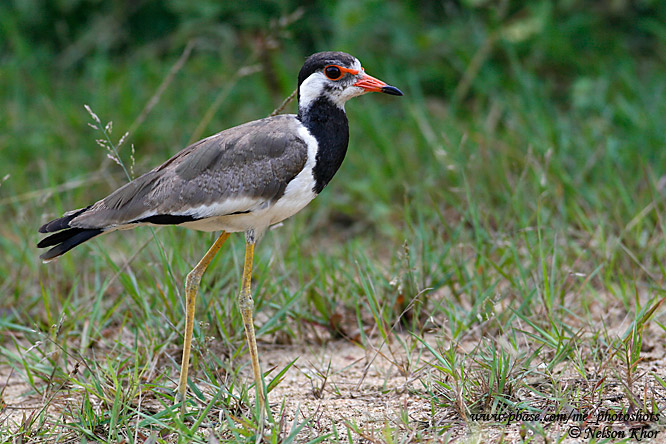

| comment | share |
| Nelson Khor | 13-Jul-2016 12:15 | |
| Guest | 06-Jul-2016 09:58 | |
| Nelson Khor | 17-Dec-2015 13:56 | |
| Talha Khan | 12-Dec-2015 22:08 | |
| Nelson Khor | 29-Jul-2013 12:19 | |
| kali borg | 22-Jul-2013 15:28 | |
| marko gregoric | 23-Nov-2010 16:29 | |
| Gerald Rozemeijer | 30-Aug-2010 13:03 | |
| osprey | 12-Jul-2010 15:24 | |
| Ali Majdfar | 16-Feb-2010 10:45 | |
| yen | 15-Feb-2010 11:35 | |
| lejeune pelletier | 04-Feb-2009 21:01 | |
| Guest | 06-Feb-2007 13:13 | |
| Michael Ng | 30-Jul-2006 15:28 | |